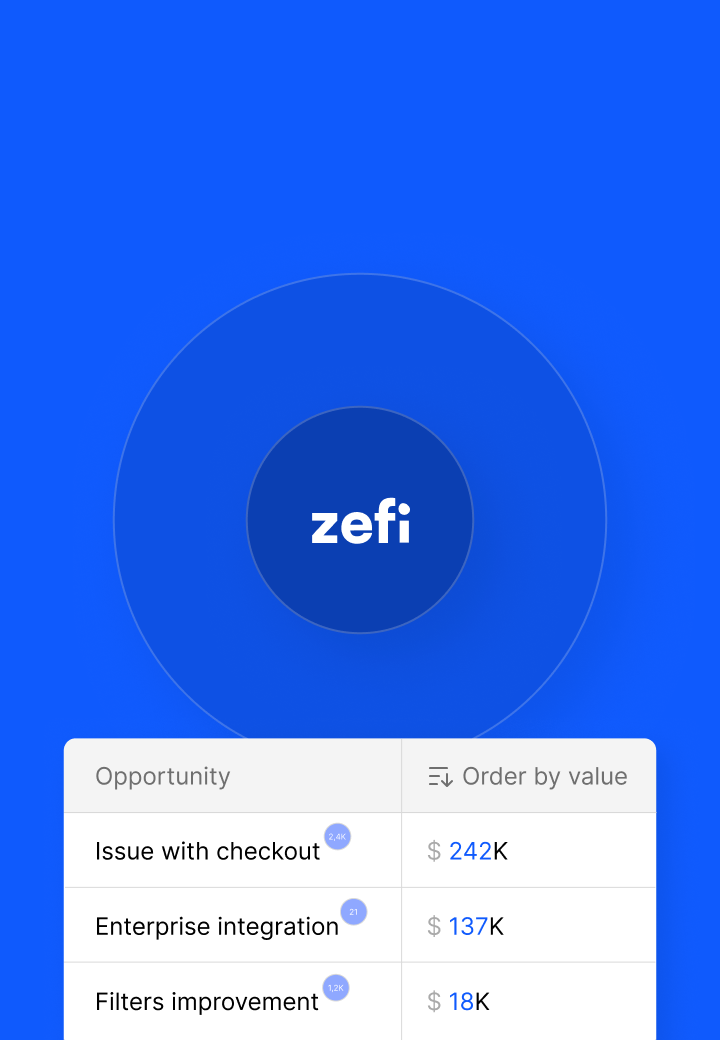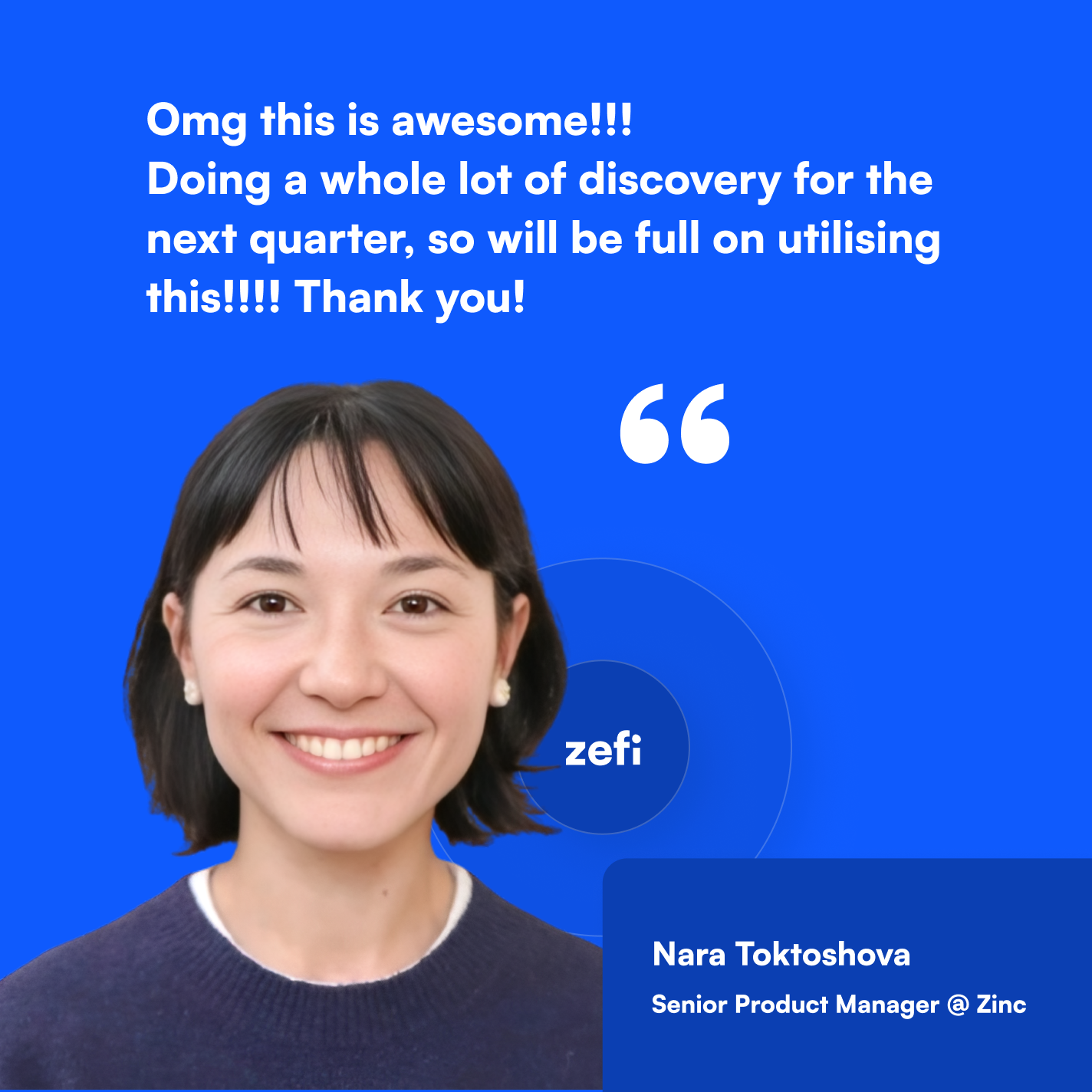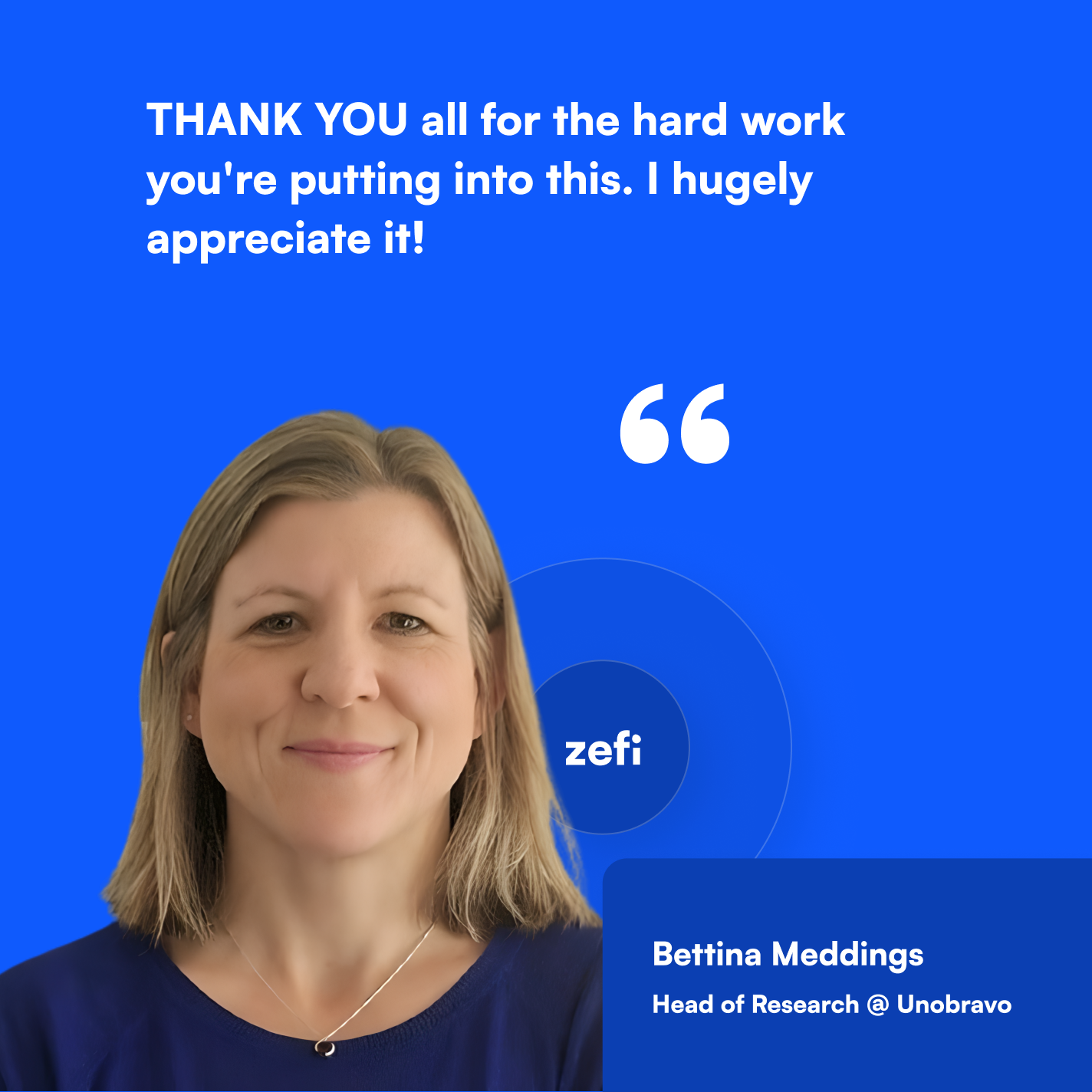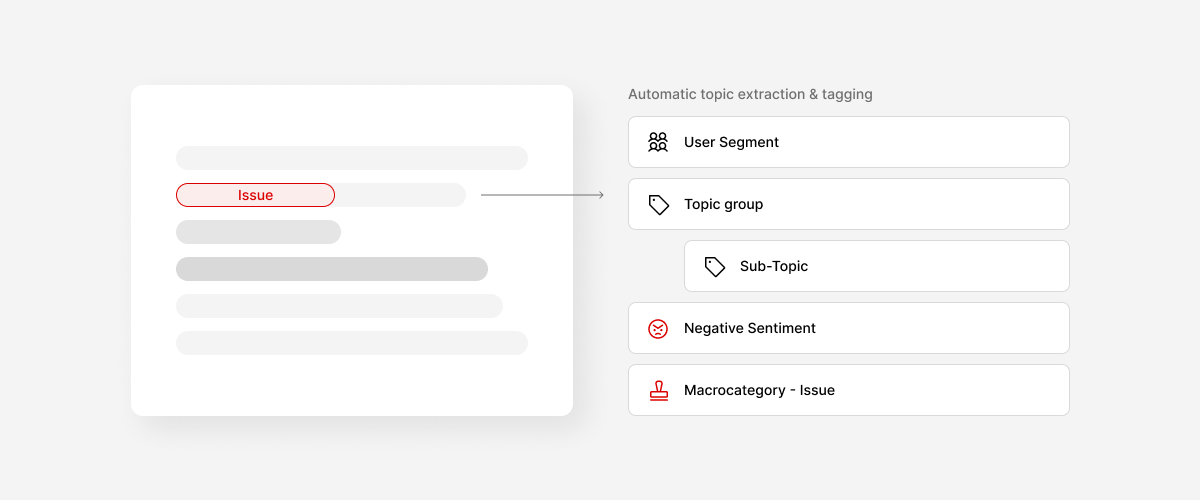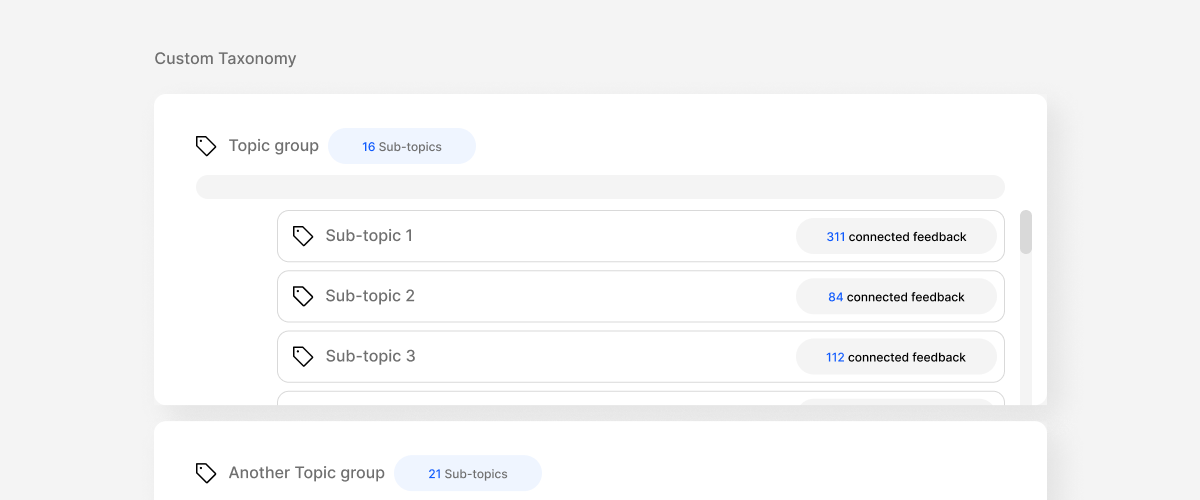The term product-market fit was popularized by Marc Andreessen, who defined it as “being in a good market with a product that can satisfy that market.” Or, as I put it, “product-market fit means that people are finally begging you to keep using our product, no matter the price you put on it”
It’s very much seen as a critical first step for startups – if they fail to achieve PMF, they fail.
And that’s undoubtedly true. But it’s also false. Many startups try to understand "how not to die" but be in a state where they keep doing what they do. Modifying the product slightly based on specific customer’s requests they manage to keep the boat afloat and receive more funding. These companies are doing consultancy jobs.
I hate that.
That’s my worst nightmare.
So I guess I desire to achieve PMF to avoid becoming one boring consultancy firm that makes money out of other people's inefficiencies. The dream, instead, is to become one with the product managers and product teams and give them superpowers!
How does one do that? Instinctively, I know the pains of product teams. All of us know what’s wrong with their workflows.
And all of us, together, have a concrete vision of what we want to realize from here to five years from now.
Where to start? Is it better to roll out things gradually and solve one thing at a time or to get inside a room, throw away the key, and come out after 2-3 years of beta testing with users? Is it better to be a “Jitter” or a “Figma''?
It mostly depends on your resources, but one can manage to choose how to approach product development and that has a strong impact on product-market fit. We decided to operate following what we think is the fastest path possible. Focus for a few months, come out with tons of stuff to test, iterate fast, sell what’s working, scrap what’s not.
Who are we building for?
That’s the question we strive to answer. We spent many months talking to product managers, head of product, CPOs, VPs but also CX, customer support, developers, and anyone that could have any interaction with product teams. Closing in, we started the true development by deepening our knowledge of which customers would help us reach product-market fit faster.
We identified three primary types:
- Senior Product Leaders: their calendar is always fully booked. They jump from meeting to meeting, with no time to focus on what’s important. They manage - and sometimes micro-manage - a few different PMs over cross-functional teams. If only they had a way to put everything in the same place and extract insights from knowledge rapidly. Also, they’d like to make sure that their teams are working at maximum efficiency, following the same product vision but giving them freedom and time to meet customer needs
- Junior Product Managers and Product Owners: they’re learning the job and don’t know exactly what they’re doing. They spend time reading articles, trying to apply Product Management 101 but they’re overwhelmed by feature requests, internal stakeholders, customer feedback and incompetent product leaders who don’t help them.
- Customer Experience Departments: in bigger companies or fast-growing scaleups, some enlightened product teams have a whole section devoted to collecting user feedback, connecting it to internal teams’ priorities, making sense of data that comes out of it and giving direct concrete insights on where to focus the product development efforts.
Our target for validating PMF? The first bucket. We considered it a significant win if we could get these Senior Product Leaders to switch to Zefi for their product needs. This is the true test.
Eventually, we’ll get to everyone - but the first initial target has to be as narrow as possible to avoid wasting resources on features with a low impact.
So, what are the desires of this specific group? What’s the main pain point we want to solve? Is there a solution to this problem for which they would be ready to pay, no questions asked?
It turns out there’s one and this is the initial point of the journey that will bring us there. Wait for the second part to come out!
The vision behind your product and the strategy you put down to achieve it is everything a startup should focus on at the beginning.





